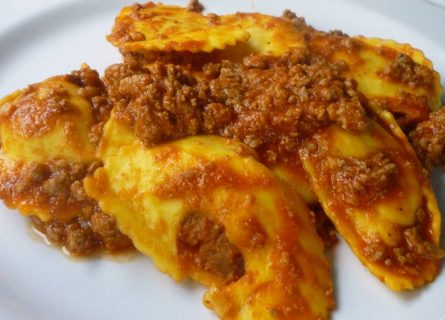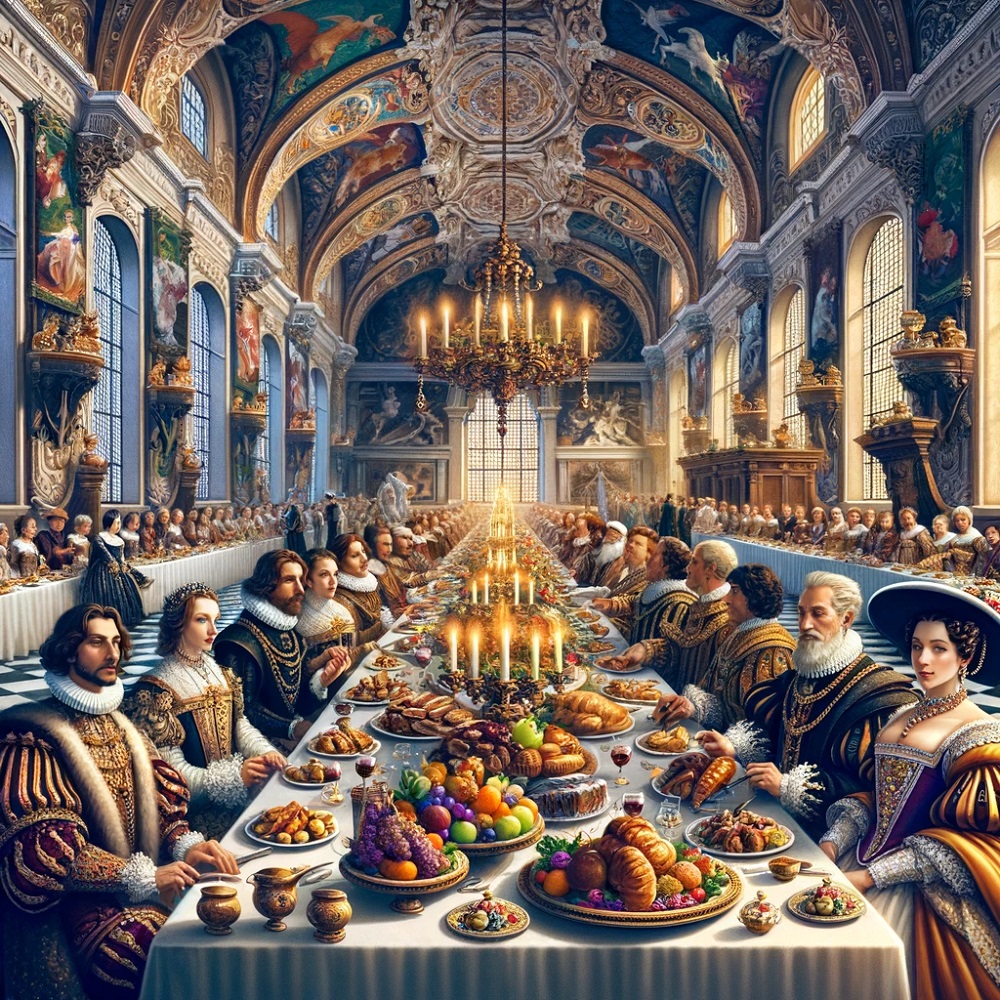
A Taste of Lucca: Discovering Authentic Tuscan Cuisine
December 23, 2023
Discover Lucca's rich culinary history and vibrant food scene in Tuscany. Enjoy traditional dishes, street food, and authentic gelato with local wines.
By: Nicole Dickerson / Last updated: April 8, 2024
Estimated reading time: 5 minutes

Guide to Tuscan Gastronomy and Cuisine: Read more
Though cucina povera is the foundation of Tuscan cuisine, Florentine nobility also contributed to culinary influences. Starting in the 14th century, Florence became the cradle of the Renaissance, and as arts, culture, and science blossomed, so did the appetites of nobility. The Medici family, who had risen to power through banking and commerce, became one of the most important houses in Florence.
In the noble court of the Medici, dining also became more refined and elaborate. Nobility gathered for excessive banquets and feasts with entertainment. Table manners, like washing hands with cloth and water before meals, gained popularity; similarly, eating utensils such as forks became more widespread. For the first time, people held banquets in designated dining rooms. Moreover, meals commonly incorporate up to ten or twelve courses.
Food became a cultural center of life for the Tuscan nobility. Every meal was an opportunity for entertainment. For example, wealthy banker Agostino Chigi commissioned the painter Raphael to decorate the ceiling of his villa with frescoes. Consequently, his guests had something beautiful to admire while they dined.
In the Middle Ages, Venice initiated the spice trade with Europe, introducing spices like black pepper into noble recipes. By the 16th century, cinnamon, nutmeg, and cloves were frequently featured in dishes of the nobility. Additionally, sugar made its way to Italy and became omnipresent in Renaissance recipes. Noble courts would even flaunt the ingredients by making elaborate sugar sculptures a centerpiece for their feasts.
In 1533, Catherine de Medici, the great-granddaughter of Lorenzo the Great, married King Henry II of France. Just fourteen years old at the time, Catherine insisted on bringing her Tuscan chefs, ingredients, and even table manners to her new home. Some of Catherine’s favorite dishes from Tuscan cuisine supposedly inspired many French cuisine classics.
Carabaccia is one such Tuscan recipe that Catherine brought with her to France. There are many versions of carabaccia. Two of which exemplify the contrast of cucina povera and noble cuisine perfectly.
The Renaissance carabaccia recipe features a soup made with sliced onions cooked in vegetable broth, enhanced with vinegar, sugar, ground almonds, and cinnamon.. A favorite of Leonardo da Vinci, this version has a sweet and sour contrast popular in Renaissance cooking.
A traditional Tuscan carabaccia consists of onions cooked with olive oil and vegetable broth, served over toasted bread. Some regard Catherine’s carabaccia as the ancient origin of the globally adored French onion soup.
Another favorite of Catherine de Medici, Cibreo, is a classic recipe of Tuscan cuisine. Catherine adored this dish so much, and legend has it she risked dying from an indigestion attack after overindulging in cibreo. This Italian dish involves cooking chicken livers, hearts, and testicles with tomato paste, garlic, onion, parsley, and an anchovy. Egg yolks, flour, and lemon juice are then added to the mixture to form a thick stew. Although cibreo seems to come from humble origins, it was a favorite Tuscan dish of the wealthy. Cibreo is traditionally served hot, accompanied by Tuscan crostini.
Florentine crepes, or crespelle all Fiorentina, are enjoyed throughout Tuscany. The savory crepes are filled with ricotta, pec, pecorino, and spinach and then placed in a baking dish with bechamel and tomato purée. The result after baking is a rich, savory Tuscan dish perfect for Sunday lunch. Perhaps crespelle alla Fiorentina also inspired the French crepes in bechamel sauce via Catherine de Medici.
In Tuscan cuisine, people commonly savor game birds from autumn to winter, coinciding with the start of the hunting season. Duck often made an appearance on the tables of nobility during this time. Papero all’arancia was one of Catherine’s favorite preparations. First, the duck is roasted in the oven with onions, celery, carrots, and oranges and then doused in a sauce made from the drippings, chicken stock, brown sugar, and orange juice. This Tuscan dish is considered to be the original interpretation of France’s famed canard à l’orange.
Wine-making in Tuscany has a rich history dating back to the Romans, Christian monks in the Middle Ages, and aristocrats during the Renaissance. Tuscan wines like Vino Nobile di Montepulciano have been popular since the 16th century, with famous admirers like William III and Jonathan Swift. Tuscany is a diverse region with various wine areas, all sharing Sangiovese as the primary red grape and Trebbiano as the dominant white grape. Northern Tuscany features mountainous terrain, while Florence and Pisa are in the central and southern parts. Chianti, known for its prestigious Chianti Classico DOCG, extends from Florence to Siena, and other subregions like Chianti Rufina are picturesque. Classic Chianti wine includes Sangiovese and sometimes white grapes.
If you would like us to customize an exclusive luxury tour, contact us and let us know your travel plans. We offer luxury food and wine tours for private groups of a mininium two guests. In addition, all of our private, chauffeured tours are available year-round upon request.

